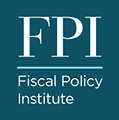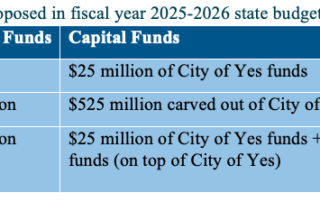New York Will Lose $15.4 Billion Per Year Under The “One Big Beautiful Bill Act”
The OBBBA spending cuts are concentrated in Medicaid and food stamps (SNAP), with devastating effects for New Yorkers. The bill will cost the New York State government $15.4 billion annually and kick 1.5 million New Yorkers off their health insurance, more than doubling the statewide uninsured population.



